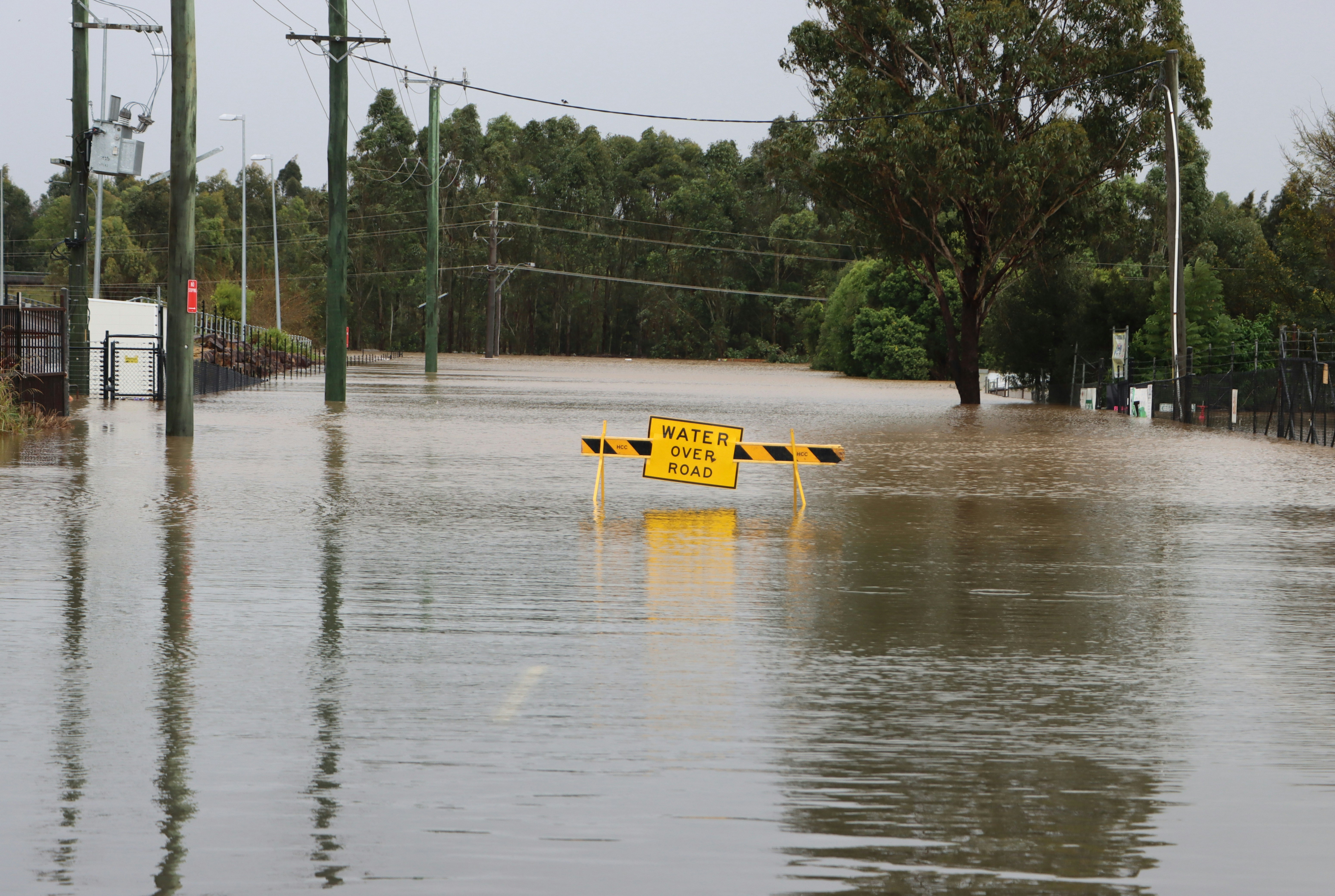
Is city heat driving localized extreme rainfall in midsized U.S. cities?
A case study of Richmond, Virginia
Team
Aasma Acharya
Advisor: Dr. Zafer Boybeyi
Committee: Dr. James L. Kinter, Dr. Luis Ortiz
This project investigates whether a midsized U.S. city like Richmond exhibits urban-induced rainfall anomalies and how these patterns are influenced by strong surface urban heat island (SUHI) conditions. The study analyzed summers (2011–2021) using high-resolution hourly precipitation and land surface temperature datasets.
Context:
In recent years, Southside Richmond has experienced frequent pluvial floods, where intense storm rainfall has overwhelmed the city’s aging combined sewer and stormwater network (Tanner et al., 2023). Research on flood response to rainfall structure shows that highly localized precipitation, with sharp spatial heterogeneity, can easily overwhelm small to medium urban watersheds (Zhou et al., 2021; Zhu et al., 2018). Localized extremes in rainfall, particularly when amplified by urban-induced heat anomalies, may therefore intensify flood risk in already susceptible neighborhoods.
By linking surface urban heat with localized rainfall extremes, this project provides insights into how midsized U.S. cities may face heightened flood risks under intensified Urban Heat Island condition. The findings highlight the importance of integrating urban heat signals into local climate risk assessments and resilience planning.
Approach:
- Used 4 km Stage IV precipitation data to identify hourly extremes (RI95 and RI99).
- Used 5 km GHA-LST data to calculate SUHI intensity.
- Developed a workflow to preprocess rainfall, extract extremes, and generate composites under SUHI95/99 conditions.
- Included a +3 hour lag analysis to examine SUHI as a precursor to rainfall anomalies.
Key Results:
- Urban anomalies observed: Heavy rainfall clusters over Richmond’s core and southeastern downwind region.
- Extreme rainfall nearly doubled: Urban core + downwind experienced ~2× exceedances compared to upwind areas.
- Hotter afternoons matter: Strong SUHI conditions frequently preceded intense downpours.
- Localized extremes amplify flood risk: Spatial rainfall heterogeneity threatens vulnerable neighborhoods with aging drainage systems.
- Compound climate stressors: SUHI + extreme rainfall highlight growing risk of flash flooding.

